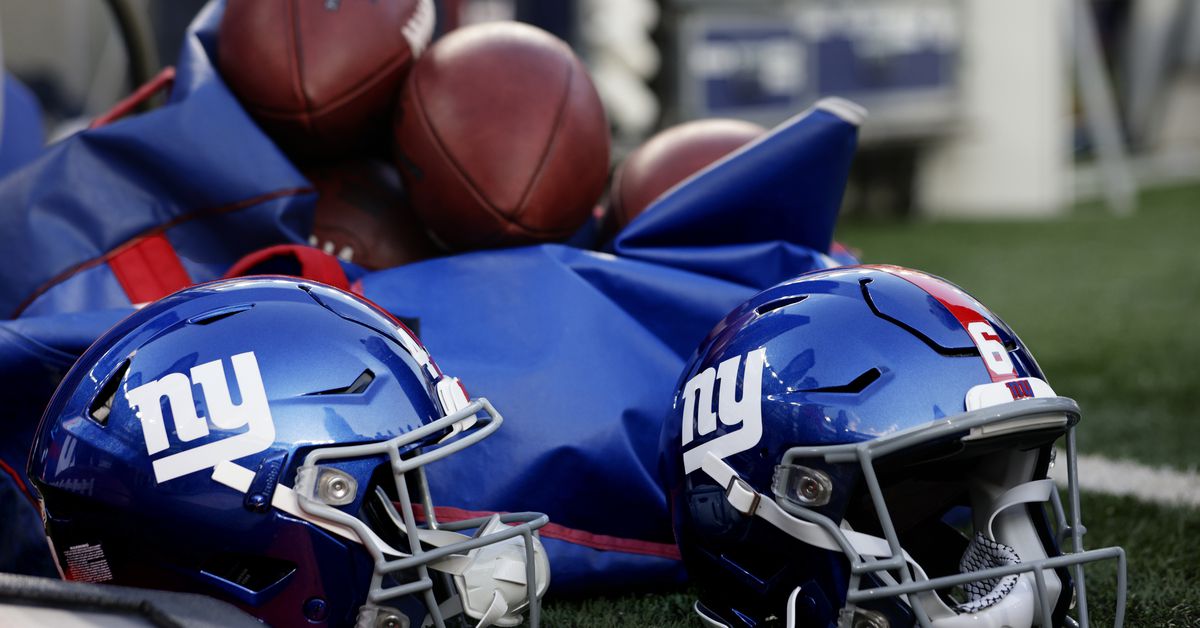On Thursday, the New York Giants evaluated former Washington State offensive lineman Jack Wilson, as reported by various sources. While such workouts are common practice for NFL teams—used to update their records, monitor players, or possibly uncover hidden talent—Wilson’s case stands out due to his remarkable physical attributes rather than his football experience.
Wilson is notable for his sheer size, holding the title of the tallest player in Washington State Cougars football history. Standing at an impressive 6-foot-11 and weighing 338 pounds, Wilson’s height is striking, particularly for a football player, where such dimensions are exceedingly rare. For context, Joe Alt, a notable offensive tackle, is 6-foot-8, and Nate Solder, a former NFL tackle, is 6-foot-9—both of whom are considered unusually tall in the sport.
Interestingly, Wilson’s athletic journey began on the basketball court rather than the gridiron. His basketball career included stints at Oregon State, Idaho, Washington State, and Minnesota, where he played as a center due to his height. Despite his basketball prowess, Wilson’s transition to football came later. He joined the University of Minnesota as a walk-on, focusing primarily on special teams duties, including blocking for field goals and extra points. His football resume includes only two starts on the offensive line, which came in 2022. He played left tackle against Colorado State and right tackle against Stanford.

Wilson’s football career also involved a move from Washington State to Minnesota as a graduate student. This transition allowed him to continue his basketball career while pursuing further education. Given his brief and limited exposure to football, finding substantial game tape on Wilson is challenging. His skills as a tackle are understandably underdeveloped, with noticeable struggles in maintaining proper pad level and footwork. His hands and overall technique also require significant refinement. However, his athleticism is evident, allowing him to reposition and recover effectively despite initial setbacks and to cover considerable ground to block opponents.
Academically, Wilson has shown commendable diligence. He has been an honors student, holding a degree in social science and a master’s in exercise science. His future aspirations include a coaching career after his playing days conclude, showcasing his commitment to the sport beyond his active career.
The Giants’ interest in Wilson may be influenced by Assistant GM Brandon Brown’s recent focus on innovative talent identification. Following his departure from the Philadelphia Eagles, Brown emphasized a forward-thinking approach to discovering and developing athletes. He stated, “Whether it’s involving the scheme, player usage, or identifying talent, it’s a process I implemented in Philadelphia. Football players come from all walks of life.”
Brown’s approach includes finding talent from unconventional sources, such as Canadian leagues, rugby players, and athletes from smaller schools. His philosophy is to evaluate players based on their developmental potential and physical traits, aiming to integrate them into effective roles through targeted coaching and development strategies.
The Giants’ evaluation of Wilson could be an attempt to replicate the success stories of players like Jordan Mailata, who transitioned from an unconventional background to become a successful NFL lineman. Alternatively, it may be an exploration to see if Wilson can leverage his unique skills and height in a way that benefits the team, potentially even in special situations like goal-line scenarios where his height could be an asset.
Overall, Wilson’s workout with the Giants reflects the team’s ongoing efforts to explore unconventional talent and develop players with unusual attributes. Whether he will evolve into a significant contributor or serve as a developmental project remains to be seen, but his presence underscores the Giants’ willingness to consider diverse pathways to enhance their roster.

